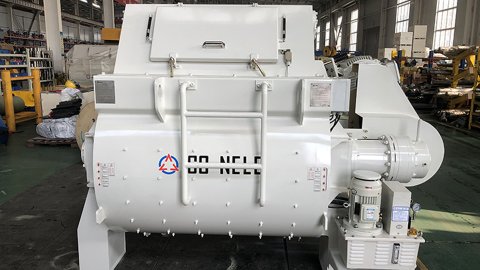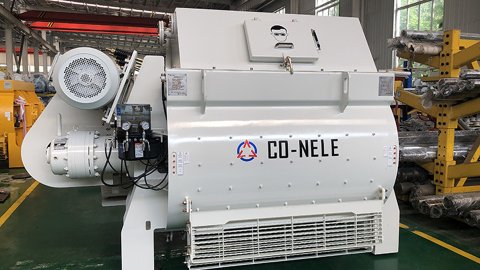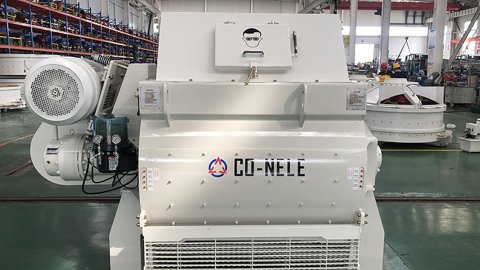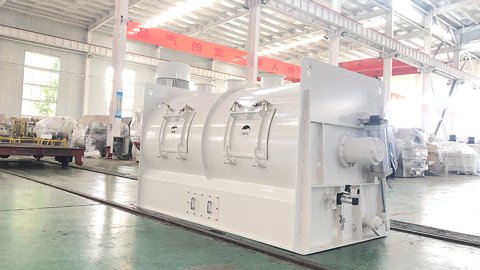-
 29012024How to maintain the twin-shaft mixer if it is not used for a long time
29012024How to maintain the twin-shaft mixer if it is not used for a long timeCleaning After use, clean the dirt and debris inside and outside the mixer in time to keep the equipment clean. When cleaning, be careful not to damage the surface and parts of the equipment.
read more -
 26012024What are the advantages of sludge mixer
26012024What are the advantages of sludge mixerEfficient mixing Adopting advanced mixing technology, it can quickly and effectively mix sludge with solidifying agent to achieve the effect of solidification of sludge.
read more -
 23012024The difference between twin-shaft mixer wear parts
23012024The difference between twin-shaft mixer wear partsThere are many types of wear-resistant parts for mixers, and different materials have different characteristics and usage scenarios. Common wear-resistant parts materials include high manganese steel series, wear-resistant chromium cast iron series, etc.
read more -
 20012024How to inspect and maintain the shaft end of a twin-shaft mixer
20012024How to inspect and maintain the shaft end of a twin-shaft mixerRegular inspection Perform detailed inspections of the mixer shaft end regularly, including bearings, seals, lubrication systems, etc., to promptly identify and address potential problems.
read more -
 18012024Working principle of fly ash mixer
18012024Working principle of fly ash mixerThe working principle of the fly ash mixer is mainly to drive the conveying blades and mixing blades to rotate through the rotation of the mixing shaft, complete the full mixing, stirring and kneading of the mixture of chelating agent and water and fly ash, so that the heavy metals in the fly ash react fully with the chelating agent and realize the solidification of the fly ash.
read more -
 17012024What are the advantages of powder mixer
17012024What are the advantages of powder mixerImprove mixing efficiency The powder mixer has the characteristics of fast mixing, which can evenly mix various powdered materials in a short time and improve mixing efficiency.
read more










